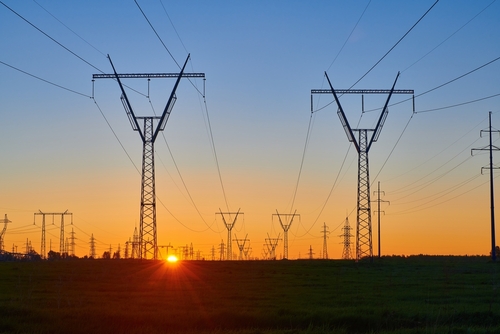California ISO issues alert due to high energy demand amid heat wave

The California Independent System Operator (CAISO) on Tuesday extended a call for consumers to reduce energy due to the impact of record-breaking temperatures in California that have created higher demand for power.
Forecasted loads are currently very high on Tuesday with peak demand at 51,145 megawatts (MW), which CAISO said would set a new record from the previous high of 50,270 MW in 2006. Wednesday’s load is forecast at 50,002 MW. Thus, CAISO is projecting supply deficiencies of 400 to 3,400 MW between the hours of 5 p.m. and 9 p.m. Tuesday.
CAISO’s extension of a Flex Alert on Tuesday urges consumers to reduce their power use in the late afternoon and evening, which marks seven consecutive days the call to cut demand has been issued. Unless consumers can reduce their energy use even more than they have so far, the likelihood of rotating outages will increase significantly. On Monday, CAISO issued an Energy Emergency Alert, a designation that signals to utilities and consumers that all resources are committed or forecasted to be in use, and that energy deficiencies are expected.
“This is an extraordinary heat event we are experiencing, and the efforts by consumers to lean in and reduce their energy use after 4 p.m. are absolutely essential,” Elliot Mainzer, the California Independent System Operator’s president and CEO, said on Monday. “Over the last several days we have seen a positive impact on lowering demand because of everyone’s help, but now we need a reduction in energy use that is two or three times greater than what we’ve seen so far as this historic heat wave continues to intensify.”
Reducing energy use during a Flex Alert can help protect the power grid during tight supply conditions and prevent further emergency measures, including rotating power outages. Officials recommend that residents should pre-cool their homes prior to a Flex Alert taking effect, and then during the Flex Alert they should set thermostats to 78 degrees or higher, if health permits, avoid using major appliances and charging electric vehicles, and turn off all unnecessary lights.
Grid operators determined that the emergency notifications needed to be elevated to an Energy Emergency Alert 2 level from 6:30 p.m. to 8 p.m. on Monday night. An EEA 2 designation triggers the deployment of a suite of emergency tools designed to keep supply and demand for the power system balanced during extreme conditions. If conditions continue to deteriorate, an EEA 3 may be declared. If reserves are then exhausted the ISO would instruct utilities in its service area to manage shedding load.
Utilities make the determination of how best to spread and rotate the outages across their service territory, with the goal of keeping them as short as possible.
“We never want to get to that point, of course,” Mainzer said, “but we want everyone to be prepared and understand what is at stake. We can’t control the weather, but we really can bend the demand curve and get through this successfully if everyone doubles down and reduces their energy use as much as possible.”
The CAISO board on Sept. 1 approved extending reliability must-run contract designations with four power plants so they remain available to be called into service during grid emergencies. Reliability must-run contracts require power plants to operate during the term of the agreement, and the board’s action extends that designation through 2023 for power plants that can provide the capacity to meet demand. This retains a total of 159.2 MW of electricity by ensuring the Dynegy Oakland Units 1 & 3 and Greenleaf II Cogen are in service to meet local demand through Dec. 31, 2023. Further, the board’s decision ensures a total of 275.5 MW of energy generated by Channel Islands Power and Midway Sunset Cogen Units A-C are available to satisfy system-wide needs.
